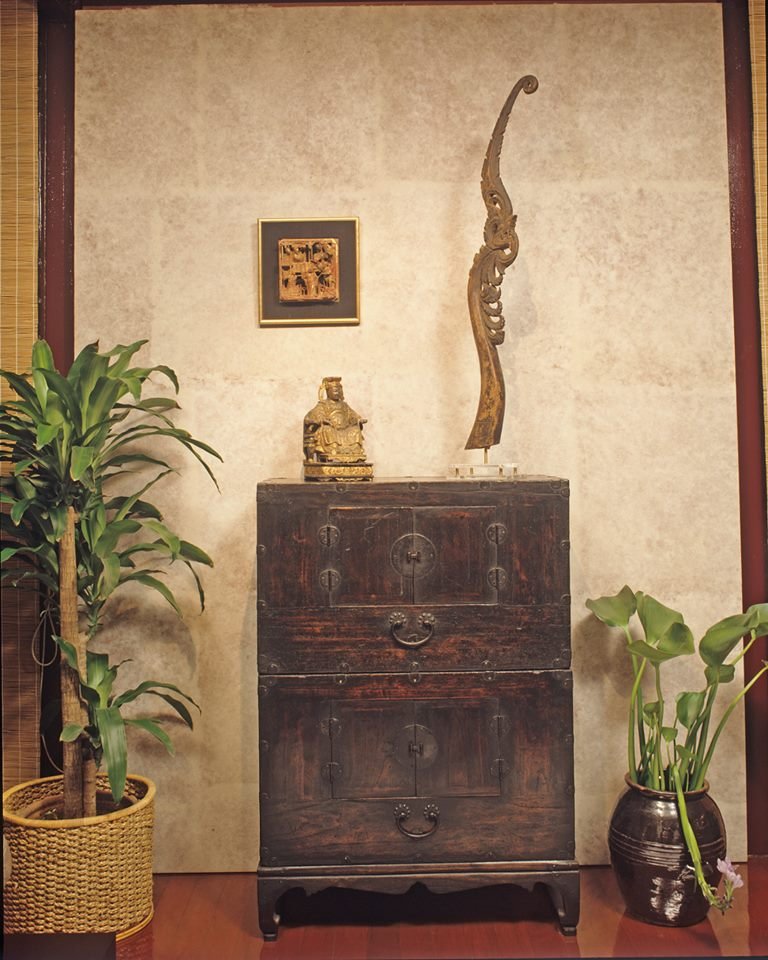The Bandaji, known as a blanket chest in the West, is likely the most prevalent type of Korean clothing chest from the Joseon Dynasty. Its front is divided into two parts, with the upper half designed to open and close. The name “Bandaji“ is derived from the Korean words “Ban,” meaning “half,” and “Daji,” meaning […]




